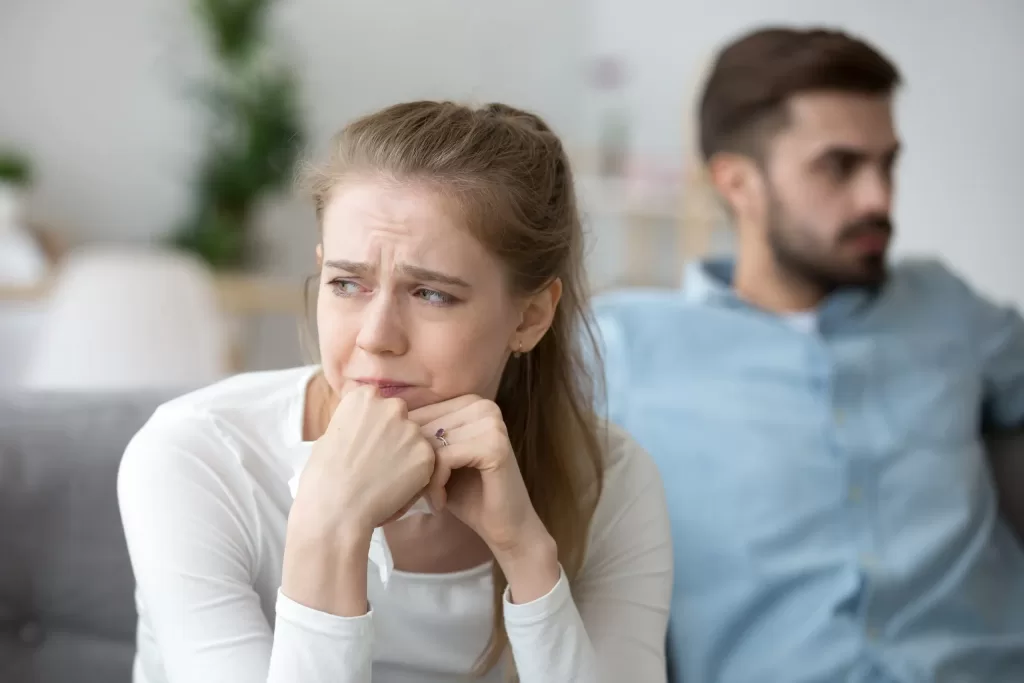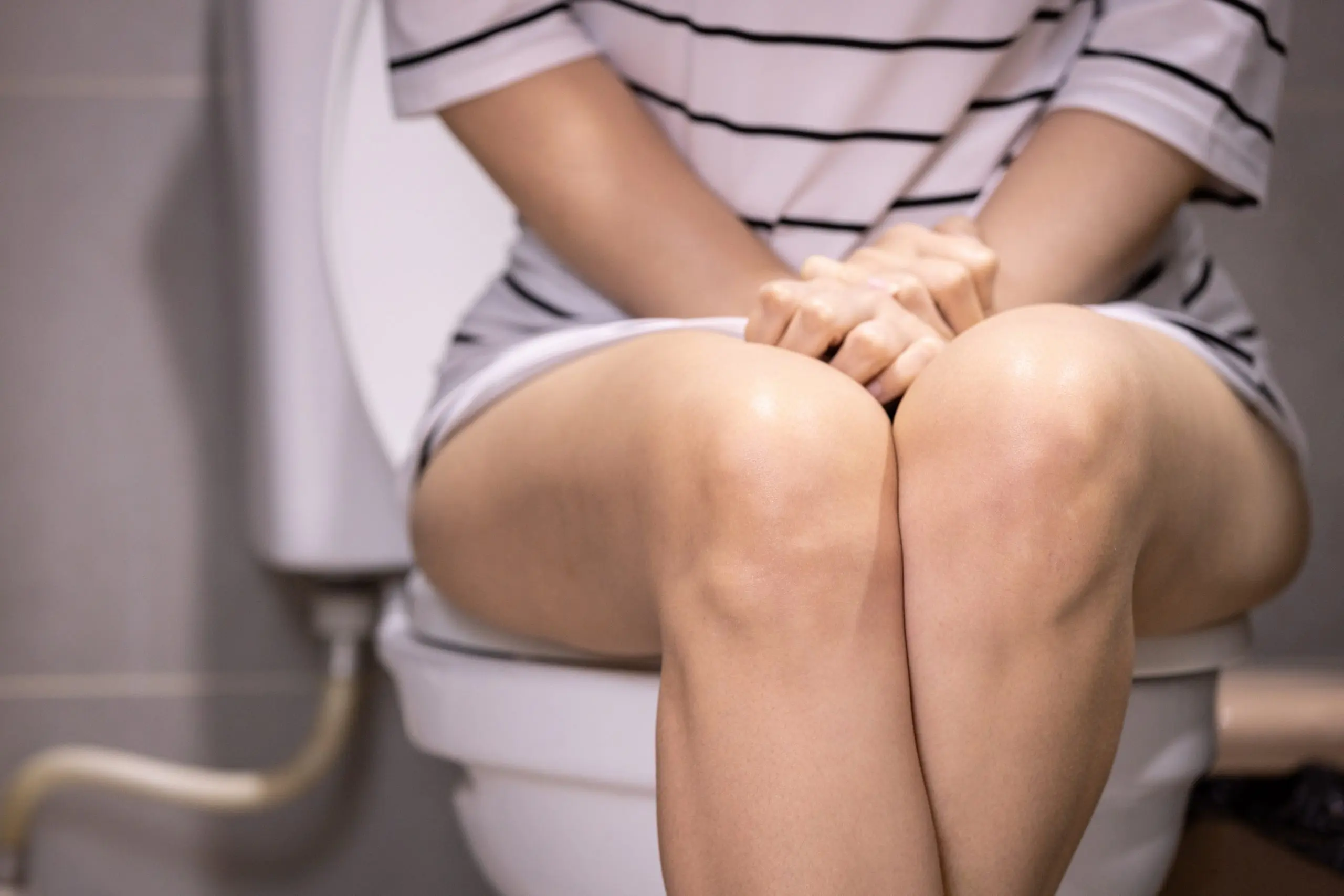Attachment styles in adult relationships
Medically Reviewed by Dr Aifric Boylan
Last updated on 26.06.2024
Attachment theory has been studied and widely accepted in relation to children and their caregivers, but over recent years there is much more focus on attachment in adult interpersonal relationships. In fact, the type of attachment you had as a child likely affects how you will intimately attach in later life.
Four main attachment styles in adult relationships
It appears that there are four main attachment styles that exist in adult relationships. These are:
- Anxious
- Avoidant
- Anxiously-avoidant
- Secure
Understanding your attachment style
There is no ‘right’ or ‘wrong’ in regards to what type of attachment style you display, but knowing which of the four best describes you can be a great way to work on yourself and improve your relationship. In fact, people can change their attachment styles depending on their life stage and the type of partner they have, although the majority of people do display one attachment style predominantly.
Secure attachment
If you are secure, generally you:
- Accept the fact that being in relationships risks being rejected
- Aren’t scared of intimacy
- Aren’t prone to fits of jealousy or control
- Can express your emotions openly
- Let your partner rely on you and aren’t afraid to rely on them
- Are okay being single or alone
You likely had dependable caregivers who allowed you to express your emotions and you intrinsically felt that you were unconditionally loved and supported. This is the most common attachment type at around 50%.
Anxious attachment
If you are anxious, generally you:
- May be described as ‘needy’
- Are scared of being rejected, abandoned, or neglected
- May be prone to jealousy, overbearing, and the need for constant reassurance
- Intuit that your partner may be withdrawing their love through small acts that may be unrelated
- Deem your partner’s love and attention as the fix to your anxiety
You likely had caregivers who were absent, either physically or emotionally. They may have been caught up in tumultuous lives through divorce, financial hardship, addiction, or other difficulties and so you weren’t always able to be soothed. About 20% of the population is this type.
Avoidant attachment
If you are avoidant, generally you:
- May be described as cool, cold, and detached
- Seek independence, don’t like the ‘shackles’ of a relationship
- Often view emotions and connections as inferior to other things like jobs, travel, money, exercise, etc., hence you don’t prioritize relationships
- Skip from one relationship to the next, expecting ‘the one’ will finally understand you
- Romanticize an ex-partner because their unavailability means they’re unlikely to get close again, plus it sabotages your current relationship
You likely had caregivers that dismissed your wishes and needs, rejected them, or minimized them. This led to you stopping voicing your needs and made you turn inwards, shutting down, thinking no one can be trusted apart from the self. Around 25% of the population is this type.
Anxious-avoidant attachment
If you are anxious-avoidant, generally you:
- May be described as hot and cold
- Crave connection but also sabotage it
- Can find it hard to depend on others
- Find it hard to regulate your emotions and may be out of touch with them, making it hard to be open
You likely had caregivers that were hot and cold, sometimes lavishing love on you and other times being blustery and possibly violent. This could have caused you to be scared of the caregiver while also wanting their comfort. This type of attachment style seems to be the least common, at 5%.
Interplay of different attachment styles in relationships
Interestingly, anxious and avoidant couples are frequently drawn to one another which can make for dramatic and fiery relationships but both partners are triggered by one another’s attachment style.
When a secure partner enters a relationship with an anxious, avoidant, or anxiously-avoidant partner, they can stabilize them and the relationship can flourish. Avoidants rarely date other avoidants because there is no glue to keep them together.
Other influencing factors
There are many other factors that affect how you behave in relationships, such as underlying medical conditions, work stressors, drugs and alcohol, heartbreak, psychiatric conditions, and myriad other elements. This can sometimes make your attachment style hard to pick.
Working on your attachment style
Through counseling, reflection, and inner work, you can stabilize yourself from an anxious, avoidant, or anxiously-avoidant style into a secure one without the need for anyone else to do it for you. Remember, there is no ‘correct’ attachment style. The reason we fall into one of the four categories is because of the history of our lives and the resulting attachment style made you more likely to thrive in the environment you grew up in. However, if it’s leading to difficulties in your interpersonal life now, knowing attachment theory and how to deal with it can make you better connected and ultimately more content in your relationships.
Additional resources
Getting a Mental Health Care Plan in Australia: Your Guide
Getting a Mental Health Care Plan in Australia: Your Guide Mental health matters—and if you’re feeling overwhelmed, anxious, or down, a mental health care plan can help. But what is it, and how do [...]
UTI Symptoms and Treatment: What You Need to Know
UTI Symptoms and Treatment: What You Need to Know Urinary Tract Infections (UTIs) are common, uncomfortable, and often disruptive. But what exactly are the signs to watch for, and how can you get relief [...]
Free Mental Health Care Plan Online | Bulk-Billed by Qoctor
Free Mental Health Care Plan Online | Bulk-Billed by Qoctor Discover how to get a free, bulk-billed Mental Health Care Plan (MHCP) in Australia through Qoctor's telehealth service. Accessing [...]






